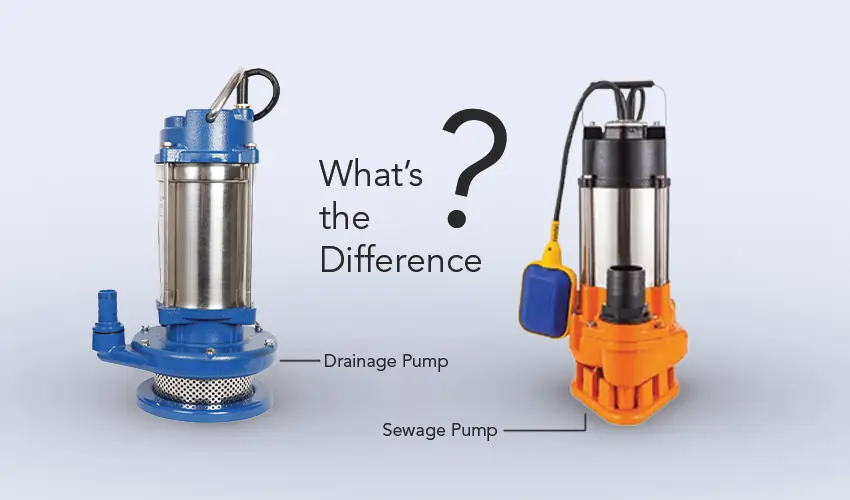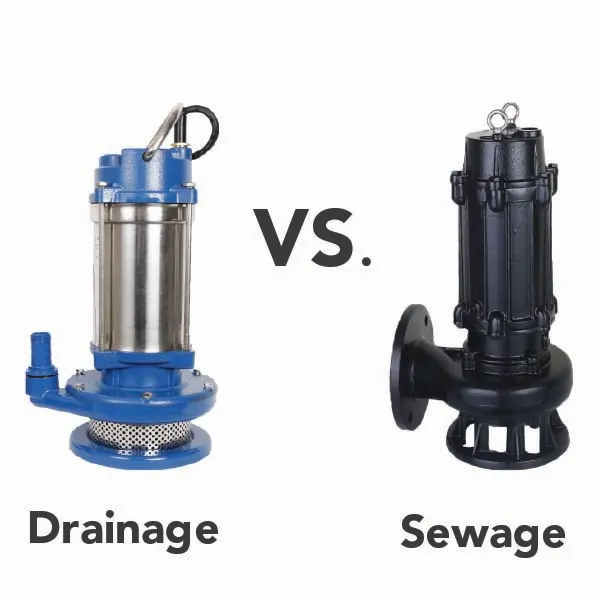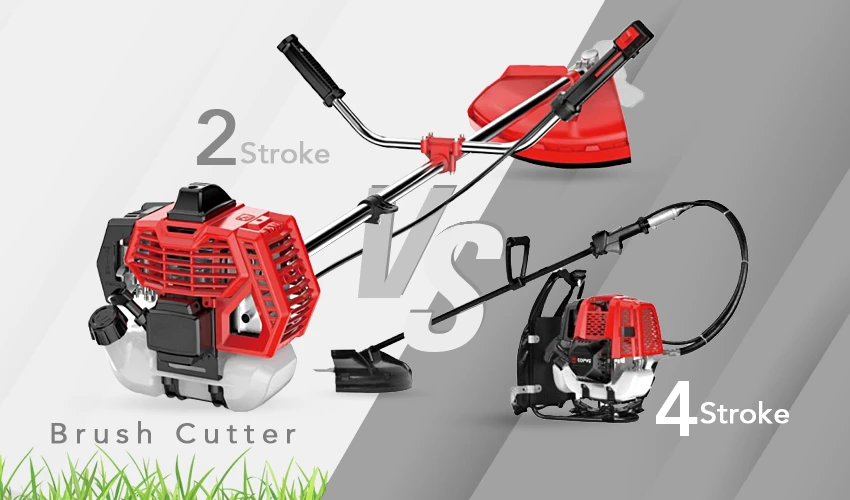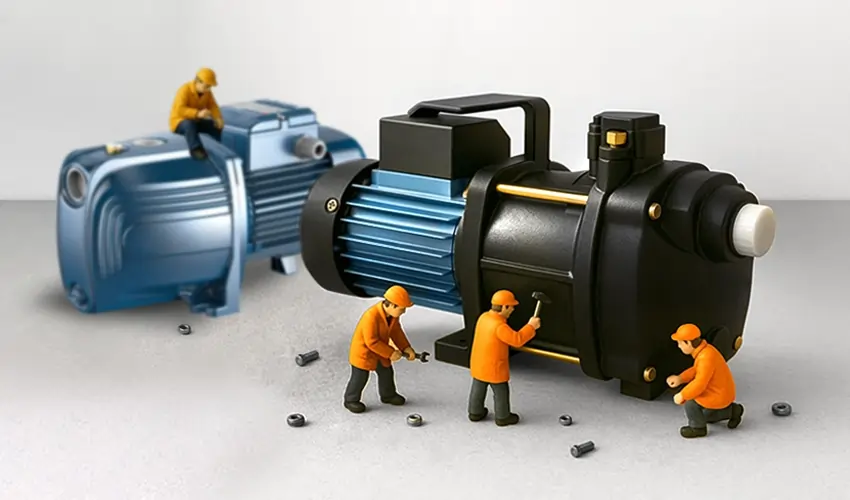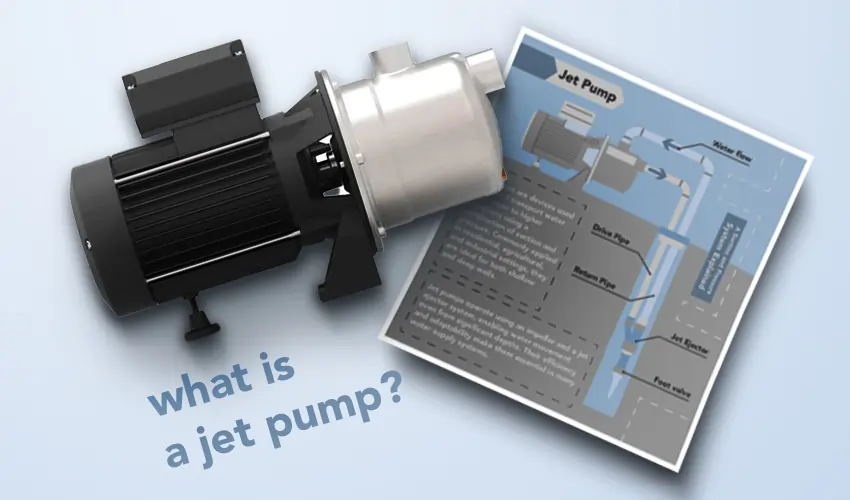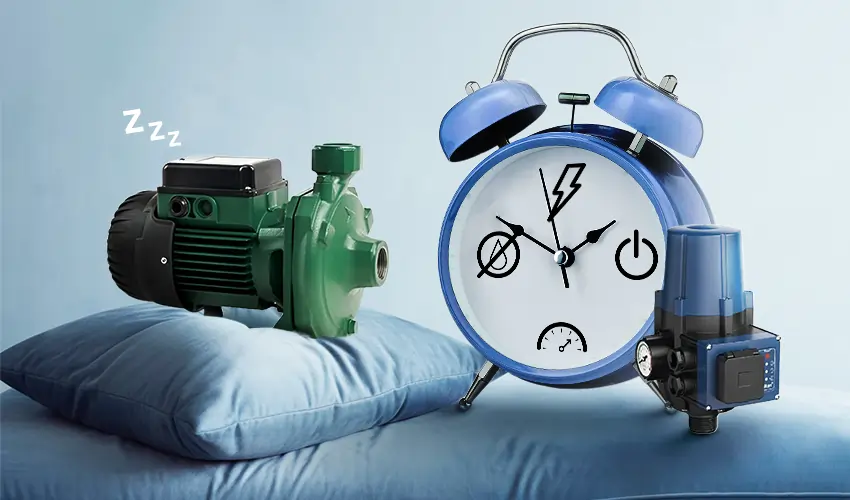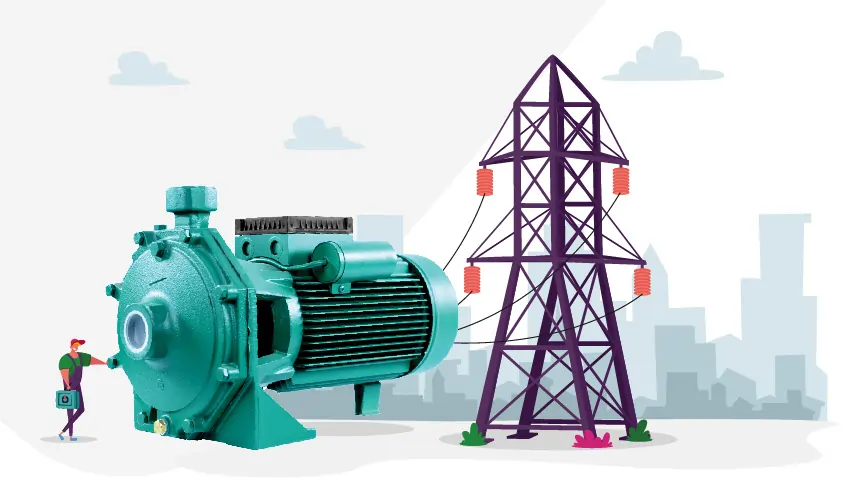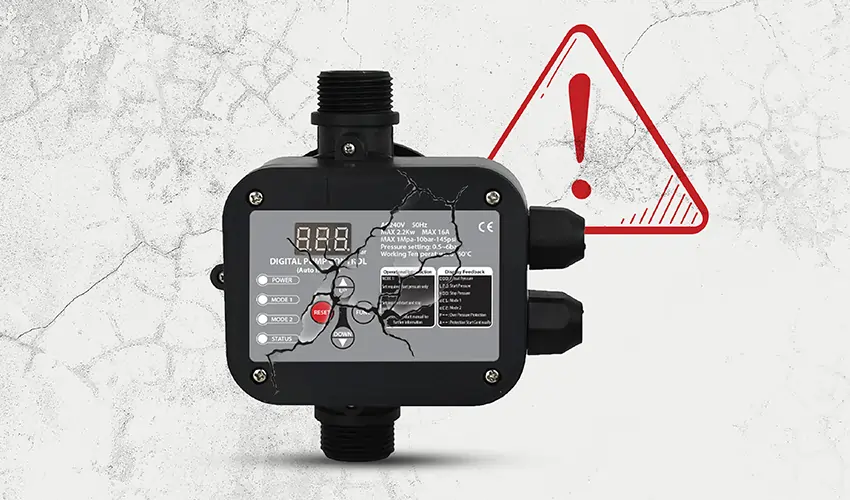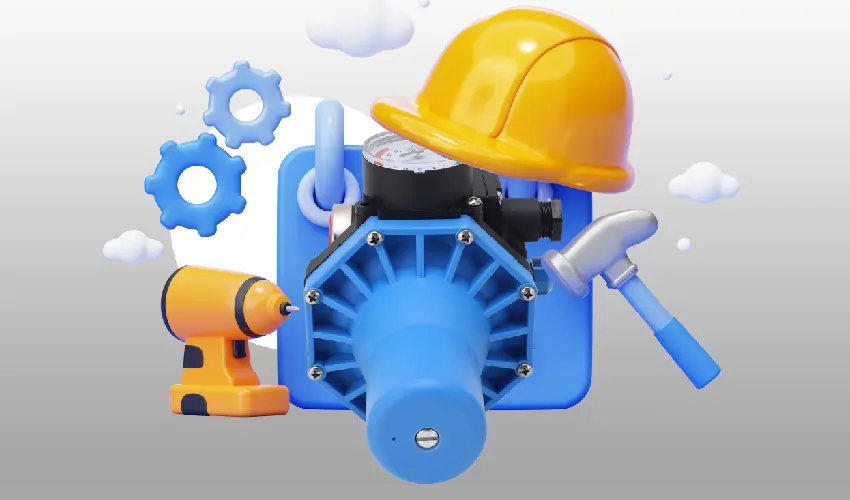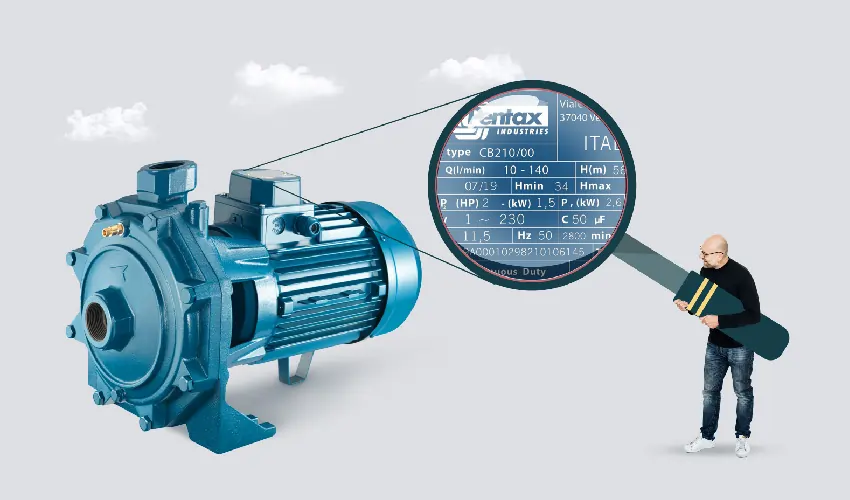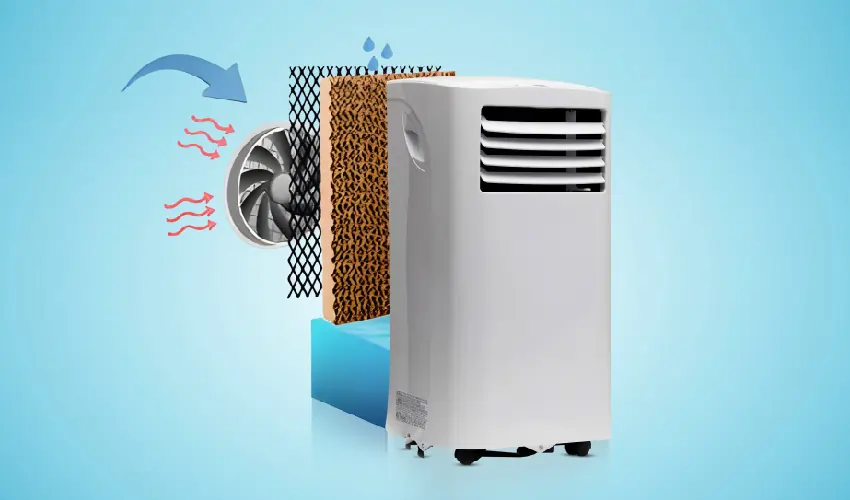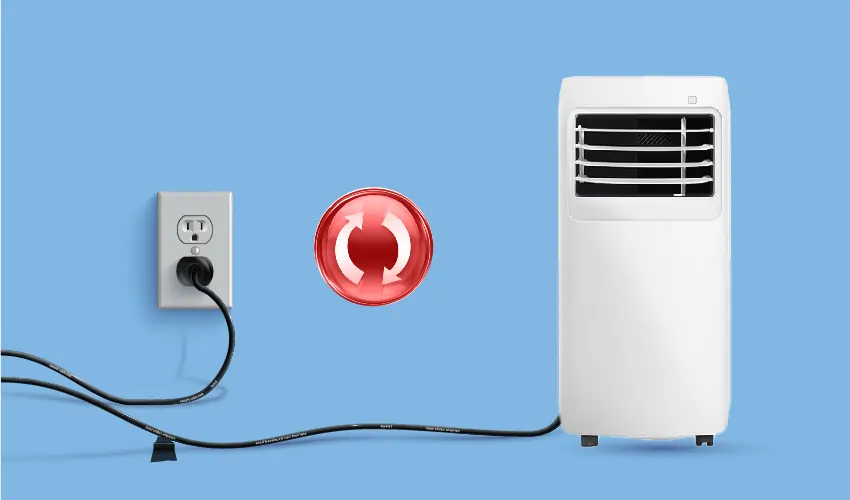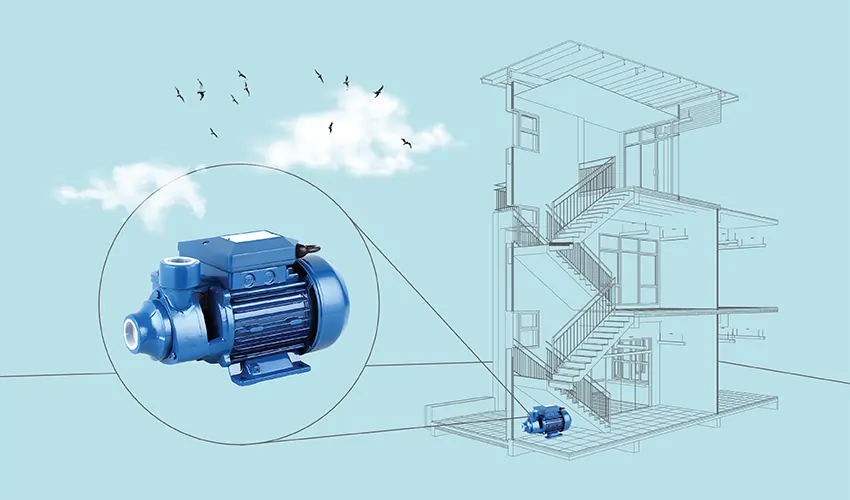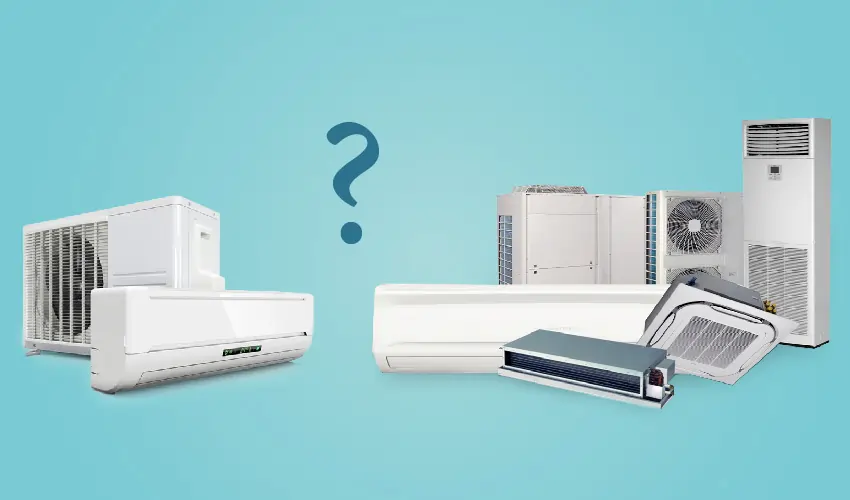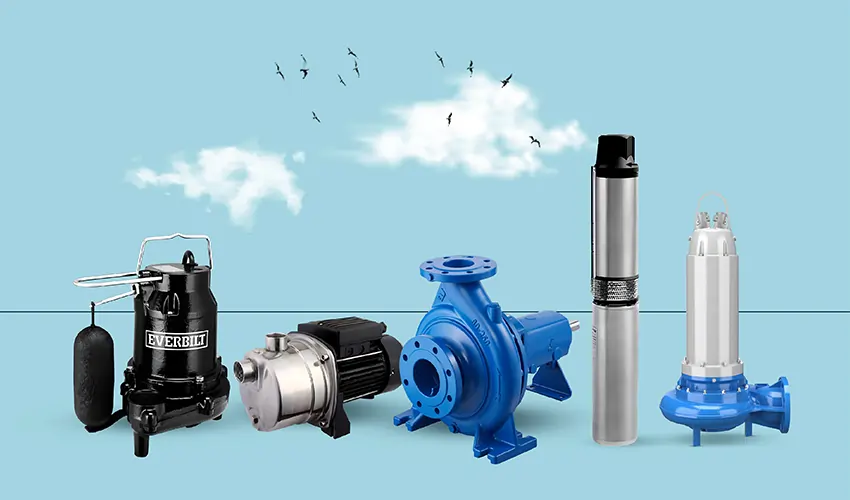What’s the Difference Between a Drainage Pump and a Sewage Pump?
When it comes to managing water in agricultural, industrial, or residential settings, selecting the right type of submersible pump is essential. Two of the most commonly used are drainage pumps and sewage pumps. While they may appear similar in function and design, both being submersible and used in various wastewater applications, their construction and intended uses are quite different.
What is a Drainage Pump?
A drainage pump is specifically engineered to handle clean or slightly contaminated water, typically water without any significant solid content. These pumps often feature closed impellers. These type of pumps are suitable for applications involving clear water, such as:
- Basement and site dewatering
- Rainwater or stormwater removal
- Irrigation and light industrial tasks
Drainage pumps are available in both single-impeller and multi-impeller configurations. A single-impeller pump is usually sufficient for standard or low-pressure jobs, while multi-impeller models are better suited for scenarios requiring greater pumping height or higher pressure. Most units also include a bottom-mounted filter or screen to prevent debris from entering and damaging the pump components. When choosing a drainage pump, consider the required flow rate, discharge head, and the cleanliness of the water. For low-lift or domestic tasks, a single impeller may suffice. For deeper pits or longer discharge distances, opt for a dual or triple impeller pump.
What is a Sewage Pump?
On the other hand, a sewage pump is designed to tackle heavily contaminated water containing solids, sludge, or fibrous materials. These pumps typically come with open or semi-open impellers, which allow for the efficient transfer of dirty water without clogging.
- Sewage pumps are widely used in:
- Wastewater treatment systems
- Septic tank pumping
- Flooded area drainage with high solid content
- Industrial and municipal wastewater handling
Many models are equipped with grinders or cutters, which help break down large particles and solid waste before it enters the pump mechanism. Although most sewage pumps are single-impeller and capable of performing reliably in harsh and demanding conditions. They usually don’t offer the same pumping height as drainage pumps but compensate with superior solids-handling capacity. Using a drainage pump in a sewage application can lead to clogs and mechanical failure. Always use a pump that matches the characteristics of the liquid being handled.
How to Choose the Right Pump for Your Needs
The main difference between drainage and sewage pumps lies in the type of water they are designed to move. If your application involves clear or lightly contaminated water, a drainage pump will be more efficient and cost-effective. However, if you’re dealing with dirty water containing solids, a sewage pump is the appropriate choice.
Our expert team is here to guide you in selecting the most efficient and reliable solution for your specific application.

